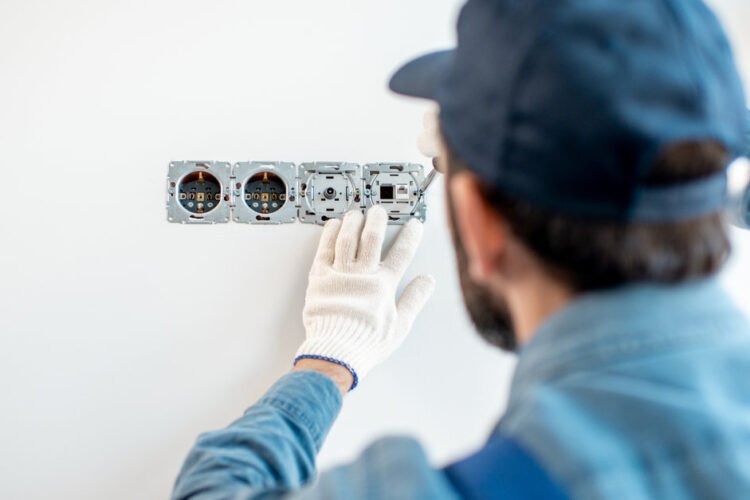
Electrical Inspections: Ensuring Safety and Peace of Mind
An electrical inspection plays a crucial role in maintaining the safety and functionality of your home’s electrical systems. By conducting regular inspections, you can identify potential hazards, address faulty wiring or cables, and ensure that your electrical setup meets the necessary safety standards. This article delves into the significance of electrical inspections and provides insights into what should be included in an electrical inspection.
Why Conduct an Electrical Inspection?
Regular electrical inspections are essential for maintaining the safety and well-being of your household. While some electrical issues may be immediately noticeable, others can remain hidden and gradually escalate into more significant problems. By scheduling inspections at least every three to five years, you can detect potential hazards early on and prevent them from evolving into larger, more dangerous situations.
What’s Included in an Electrical Inspection?
To ensure a comprehensive evaluation, an electrical inspection should cover various aspects of your electrical system. Here are the key areas that should be included:
- Identifying Potential Electrical Hazards: The inspection should focus on recognizing any existing or potential electrical hazards within your home, such as outdated wiring methods or faulty components.
- Ensuring Code Compliance: It is crucial to verify that all electrical installations, fixtures, and connections adhere to the local electrical code standards.
- Checking GFCI Outlets: Ground Fault Circuit Interrupter (GFCI) outlets play a vital role in preventing electrical shocks. An inspection should verify that these outlets are correctly wired and providing the necessary protection.
- Testing Fire and Carbon Monoxide Alarms: Your inspection should involve testing the functionality of fire and carbon monoxide alarms to ensure they are in proper working condition.
- Safety Switches and Electrical Meter: Testing safety switches, such as residual current devices (RCDs), and examining the electrical meter are important steps in ensuring the overall safety of your electrical system.
- Electrical Panel Examination: The electrical panel, including the circuit breaker capacity, should be thoroughly examined to confirm its functionality and capacity to handle electrical demands.
- Assessing Past Repairs: Any previous electrical repairs or modifications should be assessed to ensure they were done correctly and are still functioning properly.
While a licensed electrician should conduct a professional electrical inspection, homeowners can also take proactive steps to ensure the safety of their electrical systems. Here are some areas to include in your personal inspection:
- Checking for exposed wires and ensuring all wiring is appropriately covered.
- Verifying that outlets and light switches are working correctly, without any signs of buzzing, crackling sounds, discoloration, or broken covers.
- Ensuring cords are intact, free from frayed casings or broken parts, and not pinched by doors, windows, or furniture.
- Using surge protectors to safeguard electronic devices.
- Evaluating the wattage of lightbulbs to ensure they are suitable for each fixture.
- Keeping lamps and light fixtures at least 30 cm away from flammable materials.
- Assessing the condition of the electrical panel cover, monitoring for frequent circuit trips, and considering whole-home surge suppression.
- Ensuring appliances are in proper working condition and unplugging unused appliances.
- Plugging major appliances directly into the wall and not relying on extension cords or power strips.
- Having functioning smoke detectors, carbon monoxide alarms, and a multi-purpose fire extinguisher readily available.
- Maintaining clear outdoor electrical outlets, using approved cords for outdoor use, and ensuring proper protection and connection for electrical equipment near water sources.
An electrical inspection is a vital step in maintaining a safe and functional home environment. Whether conducted regularly or in specific situations such as buying a new home, major renovations, or after severe storms, these inspections offer peace of mind by identifying.




